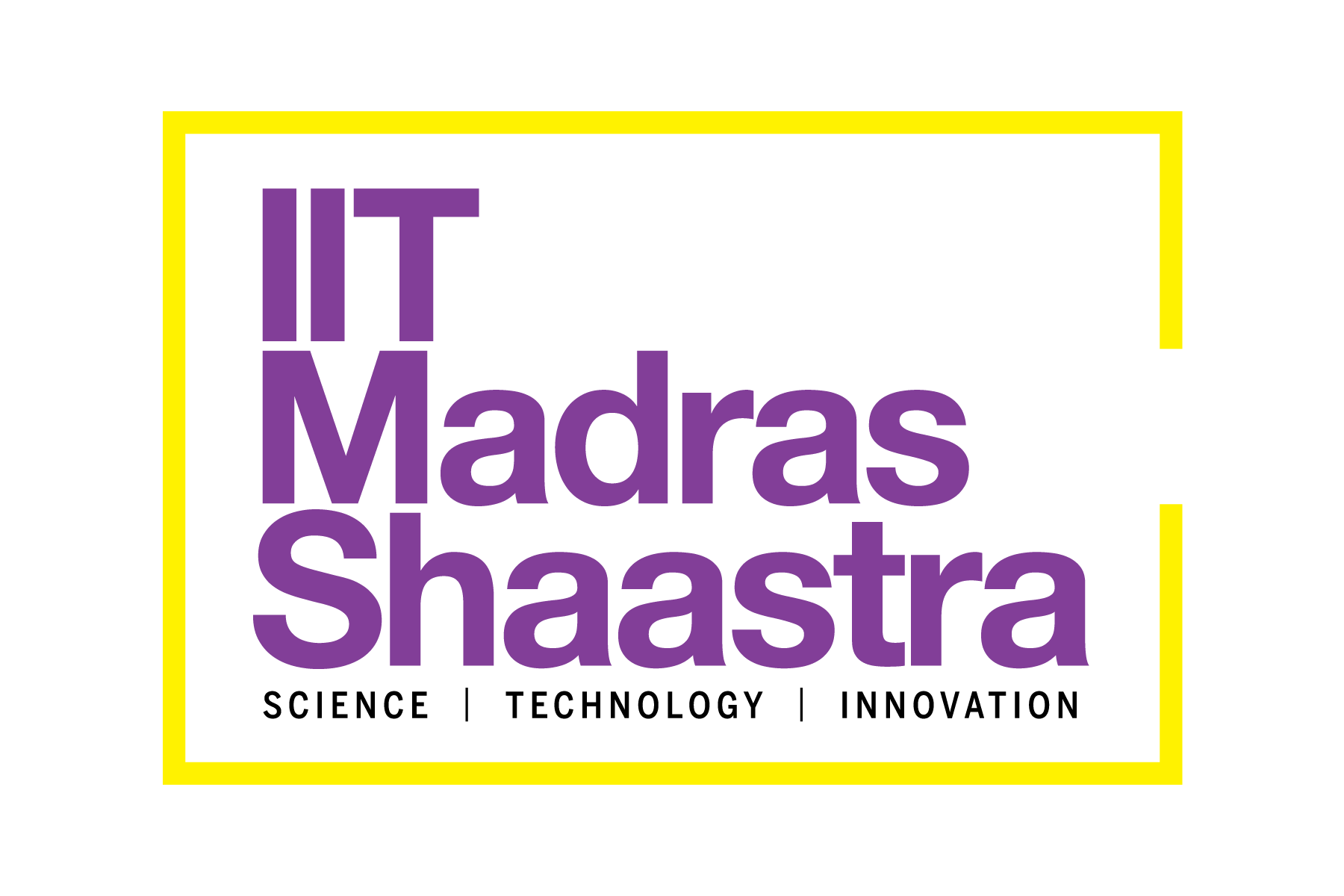For a 'cybershield'
-
- from Shaastra :: vol 04 issue 09 :: Oct 2025

Like COVID-19, a 'cyber pandemic' is a disaster that is likely to happen if defences are not built.
Human beings have a special capacity to imagine the worst among all possible scenarios first, even if it is the least probable. The human brain has evolved to anticipate danger, and thinking about the worst-case scenario is one way to prepare for it when it arrives. This tendency of the brain has been exploited by advertisers, marketers, and even the media. The Harvard psychologist Steven Pinker, who has been relentlessly talking about the continual improvement of the world's condition, says that news is a careful selection of the worst things that have happened. Yet, the world is not as bad as the headlines suggest, says Pinker.
Bad news does happen, though – sometimes quite unexpectedly – with outcomes beyond people's nightmarish scenarios. The COVID-19 pandemic was the worst disaster the world has seen after World War II, in terms of the number of people who lost their lives (7 million). The 2011 earthquake and tsunami and the Fukushima reactor meltdown together cost Japan $235 billion. It was among the most expensive natural disasters in a hundred years. We think of them as unexpected but human-made disasters. But, in a larger sense, they were not unexpected. Several risk assessments had warned about vulnerabilities in the nuclear plant. Many epidemiologists and technologists had predicted a global pandemic, one of them being Microsoft co-founder Bill Gates, who had given a TED Talk on the topic in 2015.
Like a viral pandemic, the 'cyber pandemic' cannot be prevented solely with technology, but requires widespread human involvement.
Shaastra magazine usually stays away from stories driven by bad news. We are cognisant of the potential for disaster but focus on preparations for such situations rather than possibilities for damage. In other words, Shaastra is a magazine that focuses on solutions rather than problems. We report on climate change through climate drivers; antibiotic resistance through drug discovery research; plastic pollution through alternatives; water scarcity through technologies for clean water; and urban infrastructure issues through smart cities and innovative technologies.
Our current Cover Story focuses on cybersecurity, a problem that is growing rapidly and poses a serious threat to global human welfare. Just as epidemiologists had warned about pandemics, forecasters have been warning us about large, global disasters resulting from cyberattacks. The World Economic Forum, for example, has been warning about a global cyber pandemic, with disruptions in supply chains, healthcare, power grids and financial systems (bit.ly/Cyberattack-threat). Meanwhile, smaller but significant attacks occur with regularity around the world.
Pallab Roygupta's story on cybersecurity is in two parts. In the first and larger part, he reports on some thorny problems in cybersecurity research and how researchers and corporations are solving them. The examples that he describes aren't always complex. They range from creating good passwords and training employees to developing tools to prove one's identity without revealing personal information. It also includes the value of artificial intelligence tools. More than anything else, his story shows the value of human behaviour in ensuring cybersecurity.
The second part of the Cover Story explores a highly complex and emerging aspect of cybersecurity: quantum technologies. Quantum communications and computers are now on the horizon, and Indian institutions have already developed prototypes of communication systems that will be improved and deployed widely around the world over the decade. They require the development of new encryption tools, as described in the story. They also show, in no uncertain terms, the value of research at the foundational level. A difficult problem, for example, is to develop a computer that can generate numbers that are truly random, without following any pattern. An equally challenging issue is to prove that these numbers are indeed random. As the story explains, quantum computers are expected to solve both these problems.
Human civilisation has reached a stage where it is easier to forecast a disaster than to be prepared to solve it. Technology is always agnostic to intent. Like COVID-19, a 'cyber pandemic' is a disaster that is highly likely to happen if measures are not taken quickly. Like a viral pandemic, the 'cyber pandemic' cannot be prevented solely with technology, but requires widespread human involvement.
See also:
Have a
story idea?
Tell us.
Do you have a recent research paper or an idea for a science/technology-themed article that you'd like to tell us about?
GET IN TOUCH














